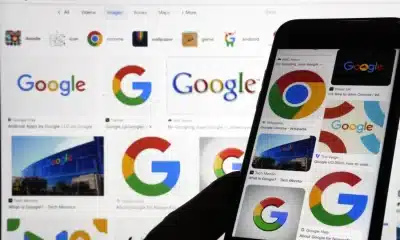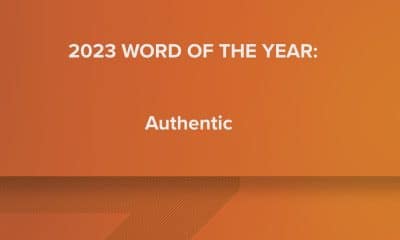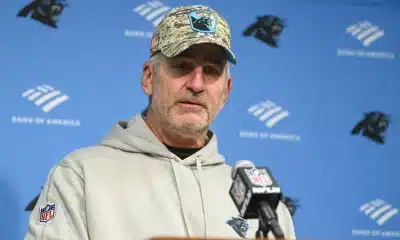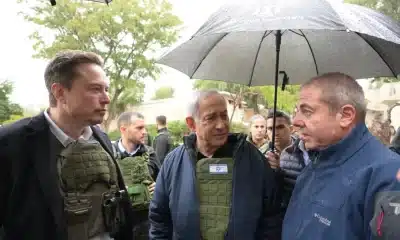Business
Regulators Seize Assets From Silicon Valley Bank’s Canadian Branch
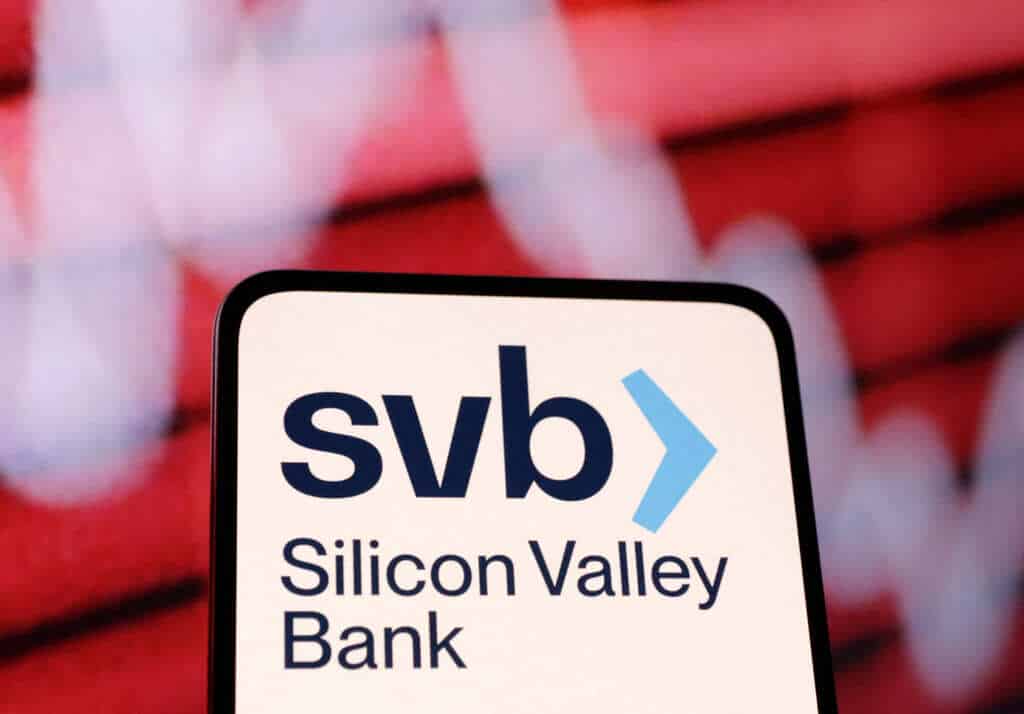
The Canadian banking regulator has temporarily seized assets from Silicon Valley Bank’s Canadian branch. Fearful depositors withdrew billions of dollars from the US bank on Friday in hours, forcing US banking regulators to close the California-based institution immediately.
According to the Office of the Superintendent of Financial Institutions of Canada, the bank operates in Canada as a foreign branch based in Toronto, which it supervises.
According to the report, Superintendent Peter Routledge seized the Canadian assets to preserve their value in light of the California Department of Financial Protection and Innovation’s decision to close the bank.
According to the statement, Silicon’s business in Canada primarily lends to corporate clients, and the branch does not hold any commercial or individual deposits in Canada.
The superintendent has also notified the Attorney General of Canada of his intention to seek permanent control of the Canadian branch’s assets and requested a winding-up order be issued.
“We are acting to protect the rights and interests of the branch’s creditors by temporarily seizing the Canadian branch of Silicon Valley Bank,” Routledge said in a statement announcing the temporary seizure.
“I want to be clear: the Silicon Valley Bank branch in Canada does not accept Canadian deposits, and this is due to circumstances unique to Silicon Valley Bank in the United States.”
According to the statement, the Federal Deposit Insurance Corporation of the United States was named the receiver.
Silicon Valley Bank primarily served technology workers and venture capital-backed businesses, including some of the industry’s most well-known names. After the failure of Washington Mutual in 2008, it was the second-largest bank failure in US history.
On Sunday, U.S. Treasury Secretary Janet Yellen stated that the federal government would not bail out Silicon Valley Bank but is working to assist depositors concerned about their money.
During an interview with CBS’ “Face the Nation,” she reassured Americans that there would be no domino effect from the failure of Silicon Valley Bank and that the American banking system is safe and well capitalized.
The Canadian regulator stated that it has closely monitored Silicon Valley Bank’s Canadian branch since its difficulties began. It also stated that it “continues to undertake diligent supervision of federally regulated banks in Canada, including robust requirements for capital and liquidity adequacy,” following globally accepted international Basel III standards.
 HSBC White Knight for Silicon Valley Bank
HSBC White Knight for Silicon Valley Bank
HSBC Holdings has emerged as a potential “white knight” bidder for Silicon Valley Bank (SVB) UK, as the government and regulators work to keep the lender from going bankrupt.
Sky News reported that HSBC was considering a bid for the stricken technology-focused lender’s British arm on Sunday night, joining several smaller rivals in the emergency sale process triggered by its American parent’s collapse into government ownership.
According to one source, a deal was still possible, and the Bank of England’s decision to place SVB UK into insolvency proceedings could happen in the coming hours.
The American banking behemoth JP Morgan has also been asked to look into a bid.
Although HSBC is thought to be the more likely of the two global lenders to pursue a transaction, it has declined to comment, and it remains possible to abandon the process.
The speed with which the sale was completed raised concerns among some observers that HSBC could acquire SVB UK before the company went bankrupt.
Any transaction would not be material to HSBC’s global balance sheet, but it would increase its exposure to corporate clients in the tech and biotech sectors in its home market of the United Kingdom.
HSBC and JP Morgan were among the large international banks asked to consider participating in the pre-insolvency sale process, along with Barclays and Lloyds Banking Group.
Lloyds was also said to be deliberating whether to make an offer on Sunday night.
Computer
Cisco Systems Joins Microsoft, IBM In Vatican Pledge To Ensure Ethical Use And Development Of AI
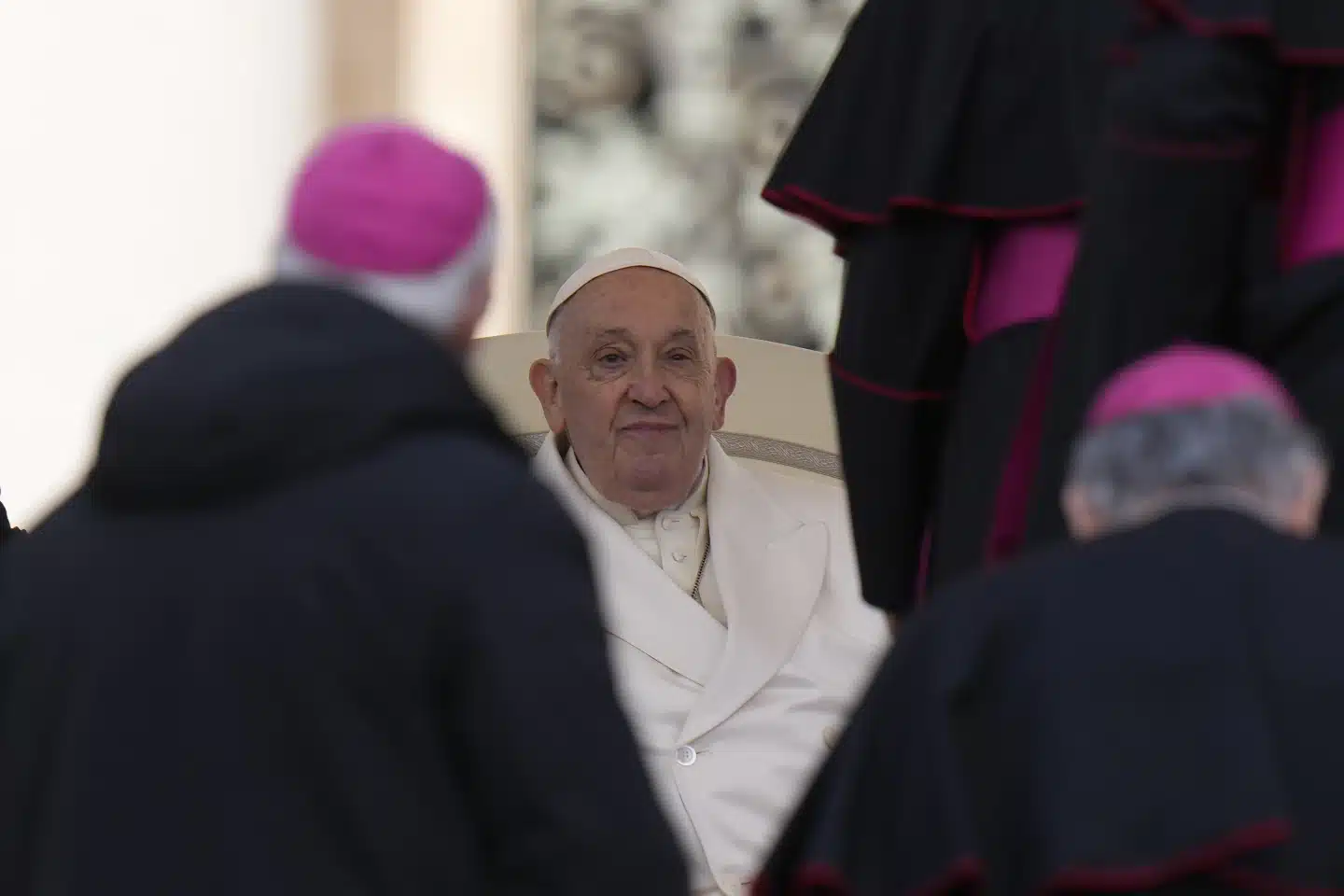
ROME — Cisco Systems, a prominent technology company, has recently joined Microsoft and IBM in endorsing a pledge initiated by the Vatican. This pledge aims to guarantee the ethical development and utilization of artificial intelligence for the betterment of society.
The Vatican said that Chuck Robbins, the CEO of Cisco Systems, had signed the Rome Call document and privately met with Pope Francis.
AP – VOR News Image
Cisco Systems Joins Microsoft, IBM In Vatican Pledge To Ensure Ethical Use And Development Of AI
The promise delineates fundamental principles for the ethical and conscientious utilization of AI. The statement underscores the importance of designing, utilizing, and overseeing AI systems in a manner that prioritizes and safeguards the dignity of all individuals without any form of discrimination and their surroundings. The document emphasizes the importance of transparency, inclusivity, responsibility, impartiality, and security in guiding all AI advancements.
AP – VOR News Image
Cisco Systems Joins Microsoft, IBM In Vatican Pledge To Ensure Ethical Use And Development Of AI
The document was revealed and officially endorsed during a Vatican meeting on February 28, 2020, shortly before Italy implemented strict measures due to the COVID-19 epidemic. The document’s signatories were Brad Smith from Microsoft and John Kelly III from IBM. Universities, United Nations agencies, private enterprises, and nongovernmental organizations have also agreed to participate.
Francis has advocated for an international agreement to guarantee AI’s ethical development and utilization, dedicating his yearly peace message to this subject.
Archbishop Vincenzo Paglia, the president of the Pontifical Academy for Life, who is spearheading the AI program, approved of Cisco’s involvement. He mentioned the IT company’s proficiency in “infrastructure, security, and safeguarding of AI data and systems.”
AP – VOR News Image
Cisco Systems Joins Microsoft, IBM In Vatican Pledge To Ensure Ethical Use And Development Of AI
The global spotlight has been directed towards artificial intelligence due to the remarkable progress made by state-of-the-art systems such as OpenAI’s ChatGPT. These systems have impressed users with their capacity to generate text, photographs, and melodies that closely resemble human creations. However, the advancement of technology has also sparked concerns regarding the potential hazards it presents to employment, privacy, copyright infringement, and even human existence.
SOURCE – (AP)
Business
TikTok May Be Banned In The US. Here’s What Happened When India Did It
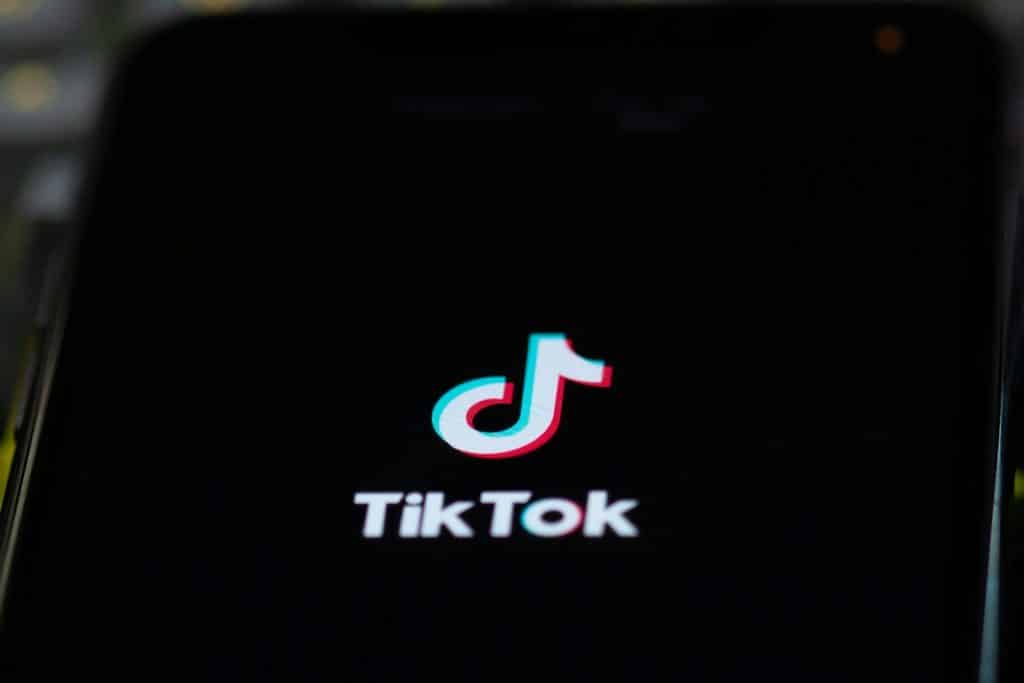
New Delhi, located in India, has recently been in the news. The immensely popular Chinese application TikTok may face expulsion from the United States, as legislation prohibiting the video-sharing software has obtained congressional endorsement and is currently its route to President Biden for his formal consent.
The app was prohibited in India approximately four years ago. This is a summary of the events:
Indian TikTok users stopped using the app in June 2020, according to the Chinese internet company ByteDance. New Delhi swiftly prohibited the widely used application and numerous other Chinese applications in response to a military confrontation on the India-China border.
AP – VOR News Image
TikTok May Be Banned In The US. Here’s What Happened When India Did It
A total of twenty Indian soldiers and four Chinese soldiers lost their lives, resulting in a significant deterioration of relations between the two major Asian powers.
The government justified its actions by citing privacy concerns and asserting that Chinese apps pose a significant risk to India’s sovereignty and security.
The decision received significant backing in India, particularly from those who had been advocating for a boycott of Chinese products following the fatal clash in the remote Karakoram mountain border area.
“Prior to this, there was a significant uproar, with the prevailing discourse questioning the permissibility of Chinese companies engaging in business activities in India while a military confrontation is ongoing,” stated Nikhil Pahwa, a digital policy specialist and the creator of the technology website MediaNama.
Pahwa noted that India had imposed restrictions on investment from Chinese enterprises just a few months before the ban. “TikTok was not an isolated incident.” Today, India has banned more than 500 apps of Chinese origin.
India has over 200 million TikTok users, the highest number outside of China. The corporation has hired a large number of Indian employees.
However, TikTok users and content providers required an alternative platform, and the ban presented a lucrative opportunity to capture a substantial market share worth billions of dollars. In a matter of months, Google introduced YouTube Shorts, and Instagram launched its Reels feature. Both emulated the concise video production at which TikTok had excelled.
“They ultimately gained a significant portion of the market that TikTok had left,” stated Pahwa.
TikTok content in India has a distinct hyperlocal nature, setting it apart. The videos showcased the lifestyles of small-town India, with content from tier 2 and 3 cities. These videos depicted individuals performing impressive feats while engaged in tasks such as bricklaying.
However, in most cases, content creators and users have transitioned to alternative platforms in the four years following the prohibition.
Winnie Sangma longs to upload videos on TikTok and get a modest income. However, following the prohibition, he transitioned to Instagram and currently boasts a following of 15,000 individuals. The procedure has largely been effortless.
/cdn.vox-cdn.com/uploads/chorus_image/image/72106757/GettyImages_1249078533.0.jpg)
Vox – VOR News Image
TikTok May Be Banned In The US. Here’s What Happened When India Did It
“I have amassed a following on Instagram as well, and I am generating income from it. However, the experience is not comparable to what it used to be on TikTok,” he stated.
Rajib Dutta, a regular user of TikTok, subsequently transitioned to Instagram following the suspension. “It was inconsequential,” he stated.
The measure prohibiting the app has obtained congressional approval and is pending President Biden’s signature.
The measure grants ByteDance, the app’s parent firm, a nine-month period to divest it, with an additional three months if a deal is in progress. If this does not occur, TikTok will face a ban. Implementing a ban requires a minimum of one year, but the process could be prolonged due to anticipated legal disputes.
The ban in India in 2020 was implemented promptly. TikTok and other corporations were granted a period to respond to privacy and security inquiries. Subsequently, in January 2021, a permanent prohibition was implemented.
Pahwa stated that the situation in the United States is distinct. In India, TikTok opted against pursuing legal action, but the United States represents a more substantial source of revenue for the company. Furthermore, he mentioned that the First Amendment in the United States is robust, implying that it will not be as effortless for the United States to take such action as it was for India. This statement pertains to the constitutional protection of free expression in the United States.
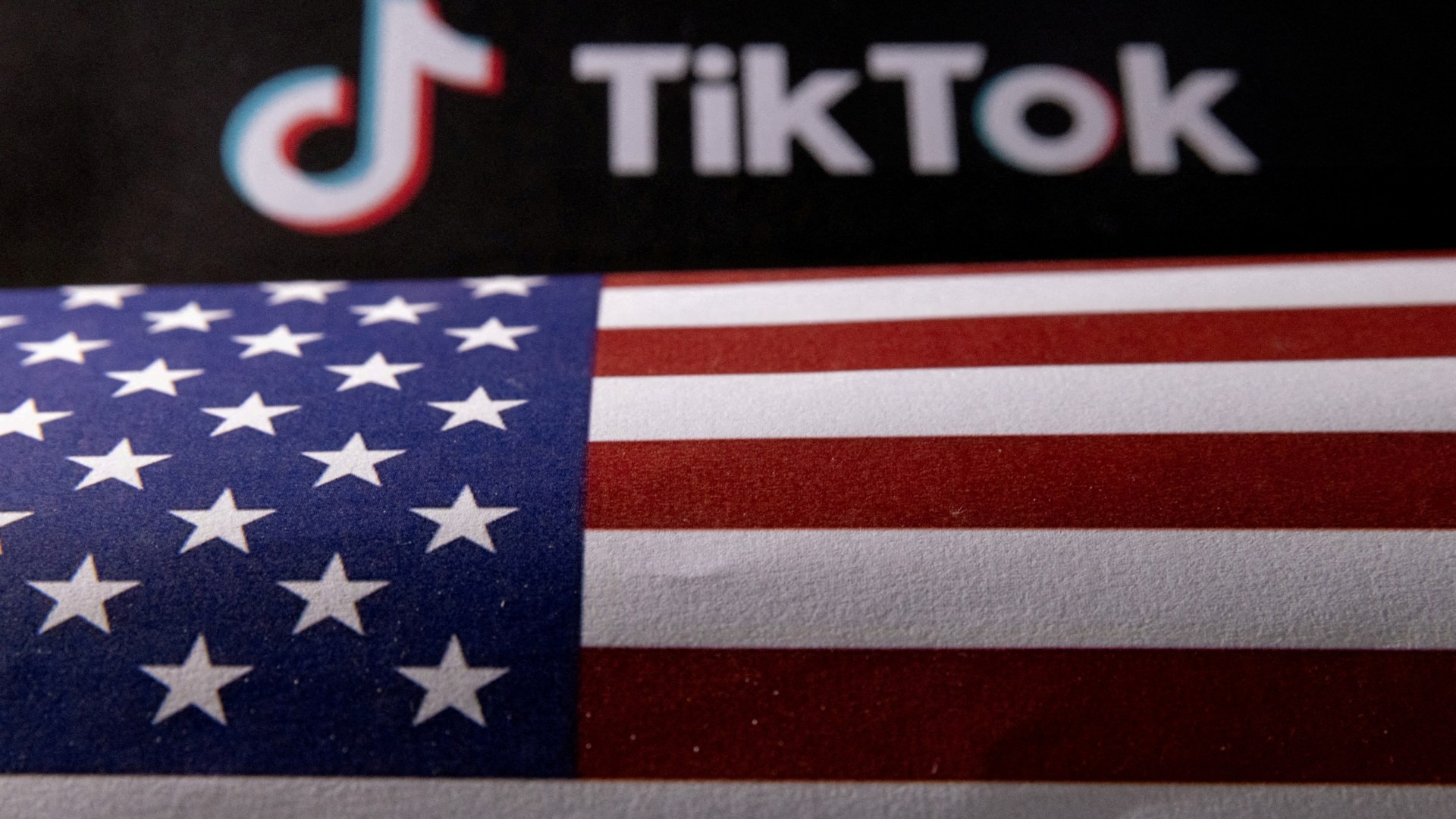
Aljazeera – VOR News Image
TikTok May Be Banned In The US. Here’s What Happened When India Did It
With the increasing prevalence of Chinese applications worldwide, Pahwa emphasizes the importance of countries evaluating their reliance on China and establishing measures to diminish it since these apps can potentially threaten national security.The application is prohibited in Pakistan, Nepal, and Afghanistan, and its usage is limited in other European nations.
The Chinese intelligence and cybersecurity laws empower Chinese apps to prioritize their security concerns. Pahwa stated that this leads to mistrust and poses a risk to national security for others.
“There ought to exist distinct regulations for democratic nations and authoritarian regimes, wherein companies can function as an appendage of the state,” he said.
SOURCE – (AP)
Business
Starbucks Takes On The Federal Labor Agency Before The US Supreme Court
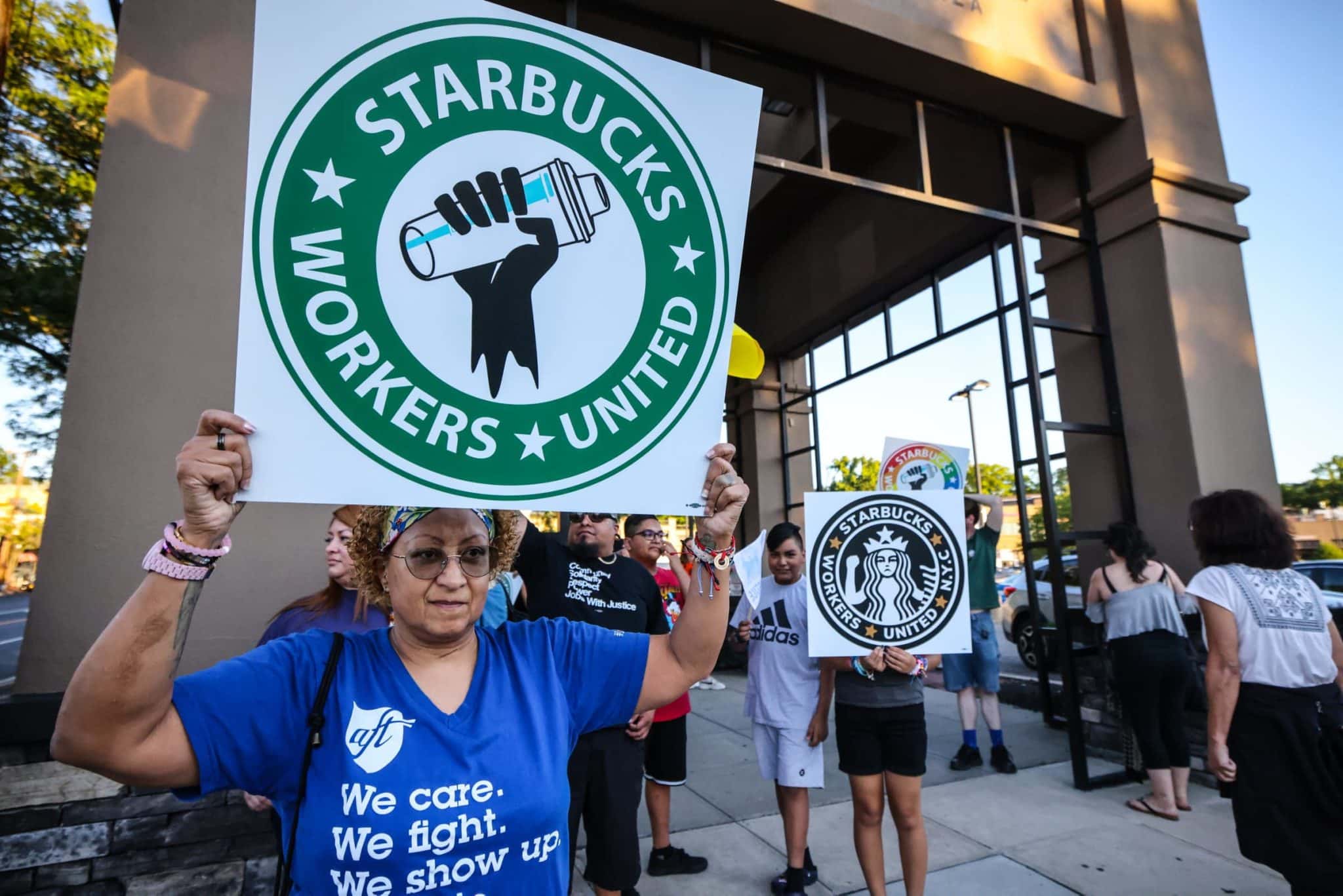
After Starbucks dismissed seven employees who attempted to unionize its Tennessee location, a US government agency secured a court order requiring the firm to rehire them. Starbucks now wants the Supreme Court to limit the government’s power in such situations.
The justices will hear Starbucks’ appeal against the National Labor Relations Board, a federal organization that safeguards employees’ ability to organize, on Tuesday. If the court rules with Starbucks, it may make it more difficult for the NLRB to intervene when it claims corporate meddling in unionization efforts.
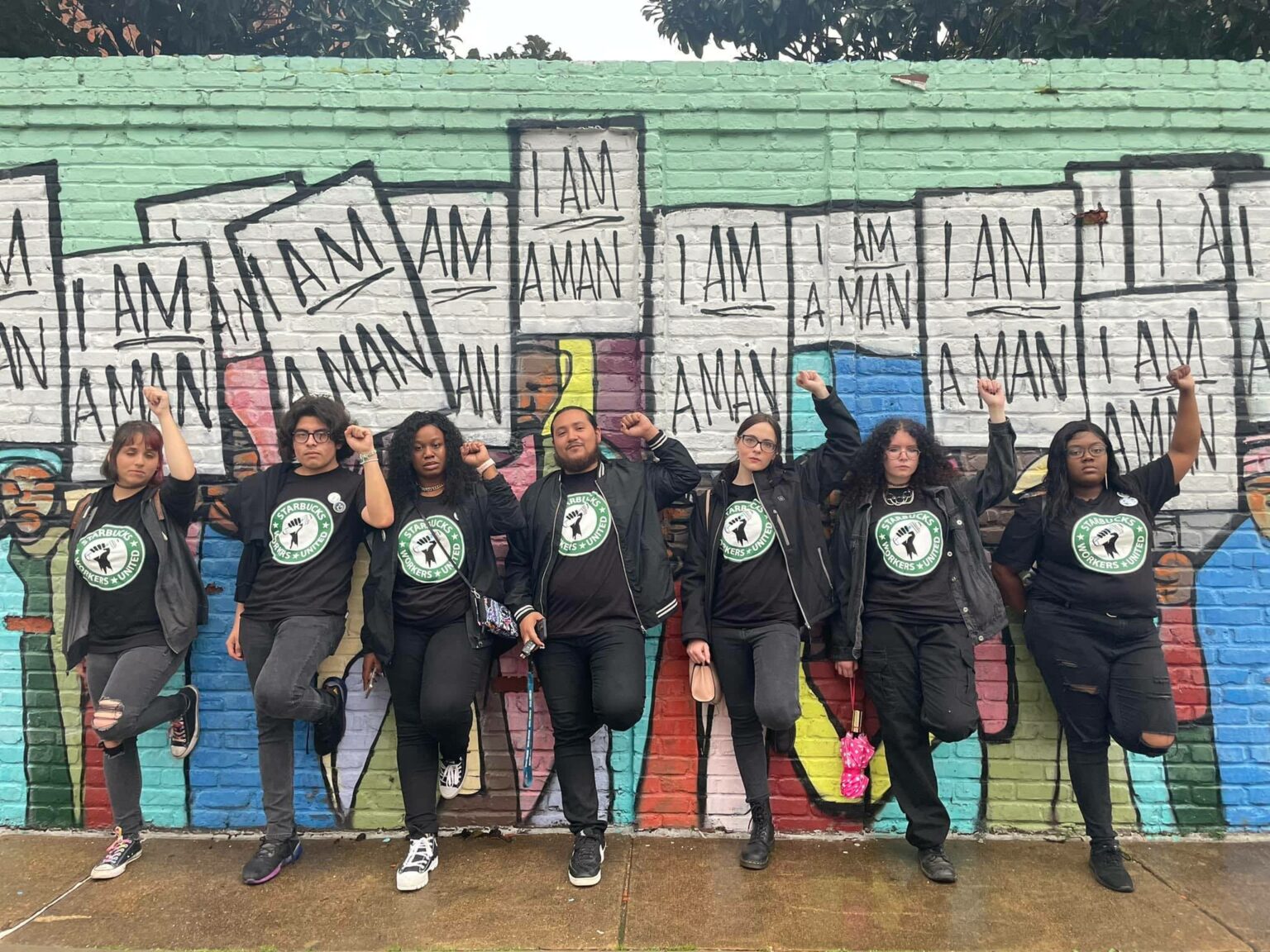
socialist revolution – VOR News Image
Starbucks Takes On The Federal Labor Agency Before The US Supreme Court
The hearing comes as tensions between Starbucks and Workers United, the union that organizes its employees, have begun to subside. In February, the two sides announced that they would resume negotiations with the goal of completing contract agreements this year. Starbucks and union representatives were set to meet Wednesday for their first bargaining session in over a year.
Since late 2021, workers at 420 company-owned Starbucks stores in the United States have voted to unionize, but none of those stores has reached a labor deal with Starbucks.
The issue before the Supreme Court began in February 2022, when Starbucks dismissed seven employees who were spearheading a unionization campaign in Memphis, Tennessee. Starbucks claimed the staff broke company rules by reopening the store after it had closed and invited non-employees, including a television news crew, to enter.
The National Labor Relations Board concluded that the firings were an improper interference with workers’ ability to organize. The agency discovered that Starbucks often permitted off-duty employees and non-employees to stay in the business after hours to create drinks or collect things.
The NLRB requested that a federal district court intervene and order Starbucks to rehire the employees while the case proceeded through the agency’s administrative proceedings. A district court judge agreed with the NLRB and ordered a temporary injunction, forcing Starbucks to rehire the employees in August 2022. After the 6th Circuit Court of Appeals upheld the ruling, Starbucks filed an appeal with the Supreme Court.
According to Workers United, five of the seven workers are still employed at the Memphis shop, with the remaining two active in the organizing drive. The Memphis store voted to unionize in June 2022.
Ap – VOR News Image
Starbucks Takes On The Federal Labor Agency Before The US Supreme Court
Starbucks argued that the Supreme Court should intervene because federal appeals courts disagree on the conditions that the NLRB must achieve when seeking a temporary injunction against a firm. Starbucks claims that temporary injunctions can be a significant burden for businesses, as the NLRB’s administrative process might take years.
Since 1947, the National Labor Relations Act, which controls the agency, has permitted judges to approve temporary injunctions requested by the NLRB if they are deemed “just and proper.” In its examination of what happened at the Starbucks outlet in Memphis, the Sixth Circuit needed the NLRB to prove two things: that it had reasonable cause to suspect unfair labor practices occurred and that a restraining order would be a “just and proper” solution.
Other federal appellate courts, however, have required the NLRB to meet a four-factor criteria for obtaining restraining orders, including demonstrating that it was likely to prevail in the administrative matter and that employees would suffer irreparable injury if an injunction was not issued.
Starbucks has petitioned the Supreme Court to make the four-factor test the standard that all courts must follow when considering NLRB injunction cases.
“This court’s intervention is urgently needed,” Starbucks stated in an October court petition. “National employers like Starbucks must defend themselves against years-long injunctions under materially different tests depending on where alleged unfair labor practices occur or where employers reside.”
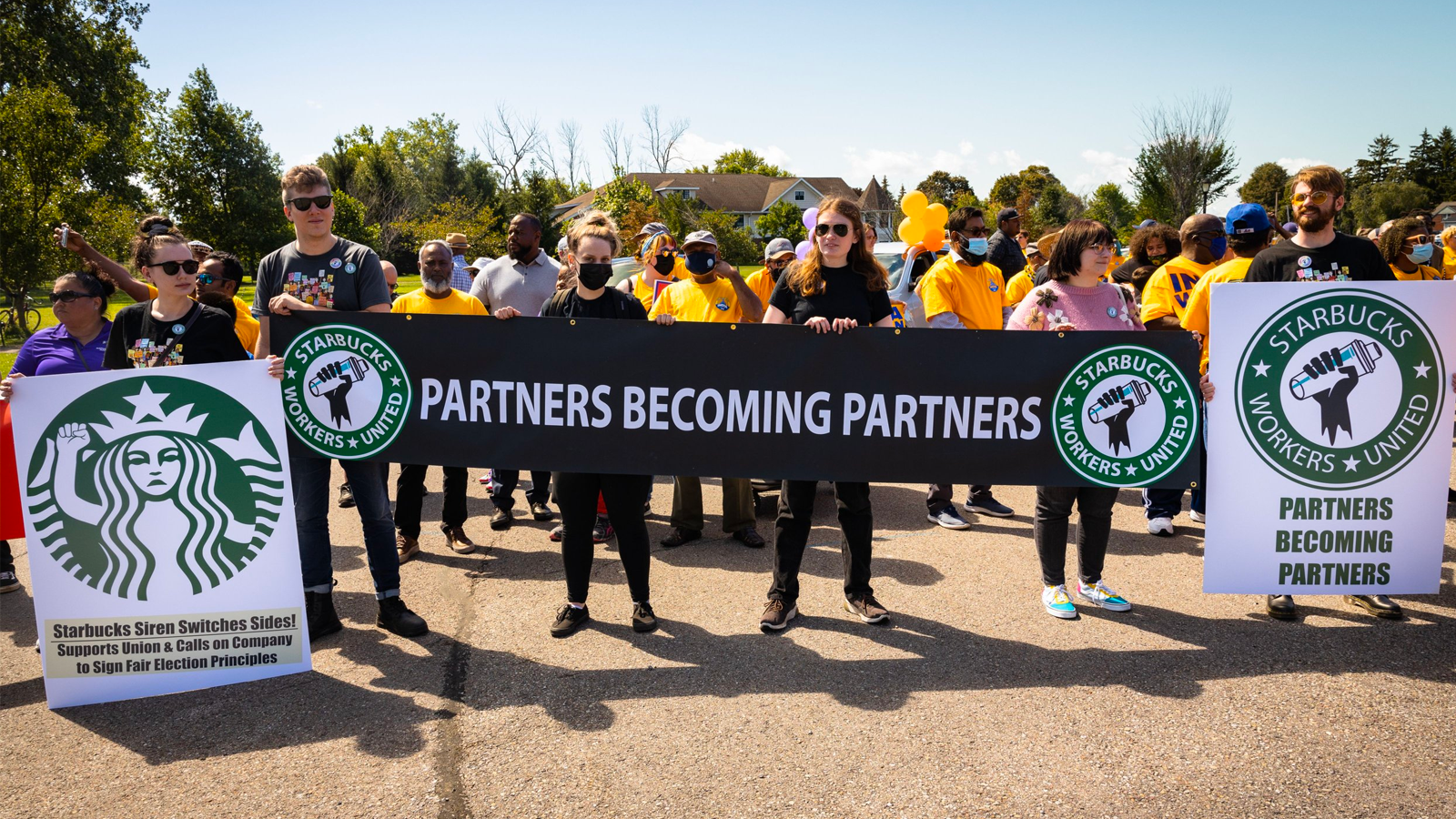
Midwest Socialist – VOR News Image
Starbucks Takes On The Federal Labor Agency Before The US Supreme Court
According to the NLRB, it already assesses the possibility of success before bringing a case to court, so whether courts employ two or four considerations is mainly irrelevant. The agency states that it rarely seeks temporary injunctions from the courts; in the fiscal year 2023, it received 19,869 allegations of unfair labor practices and allowed the filing of 14 lawsuits seeking temporary injunctions.
“The two-part inquiry undertaken by the Sixth Circuit and other courts … subjects board petitions to meaningful scrutiny, and does not call for courts merely to ‘rubber-stamp’ agency requests,” the National Labor Relations Board (NLRB) stated in a filing
SOURCE – (AP)
-
News5 months ago
Death Toll From Flooding In Somalia Climbs To Nearly 100
-
Business5 months ago
Google Will Start Deleting ‘Inactive’ Accounts In December. Here’s What You Need To Know
-
Entertainment5 months ago
Merriam-Webster’s 2023 Word Of The Year Is ‘Authentic’
-
Sports5 months ago
Panthers Fire Frank Reich In His First Season With Team Off To NFL-Worst 1-10 Record
-
Celebrity5 months ago
Elon Musk Visits Destroyed Kibbutz and Meets Netanyahu in Wake of Antisemitic Post
-
Celebrity5 months ago
Shane MacGowan, Lead Singer Of The Pogues And A Laureate Of Booze And Beauty, Dies At Age 65

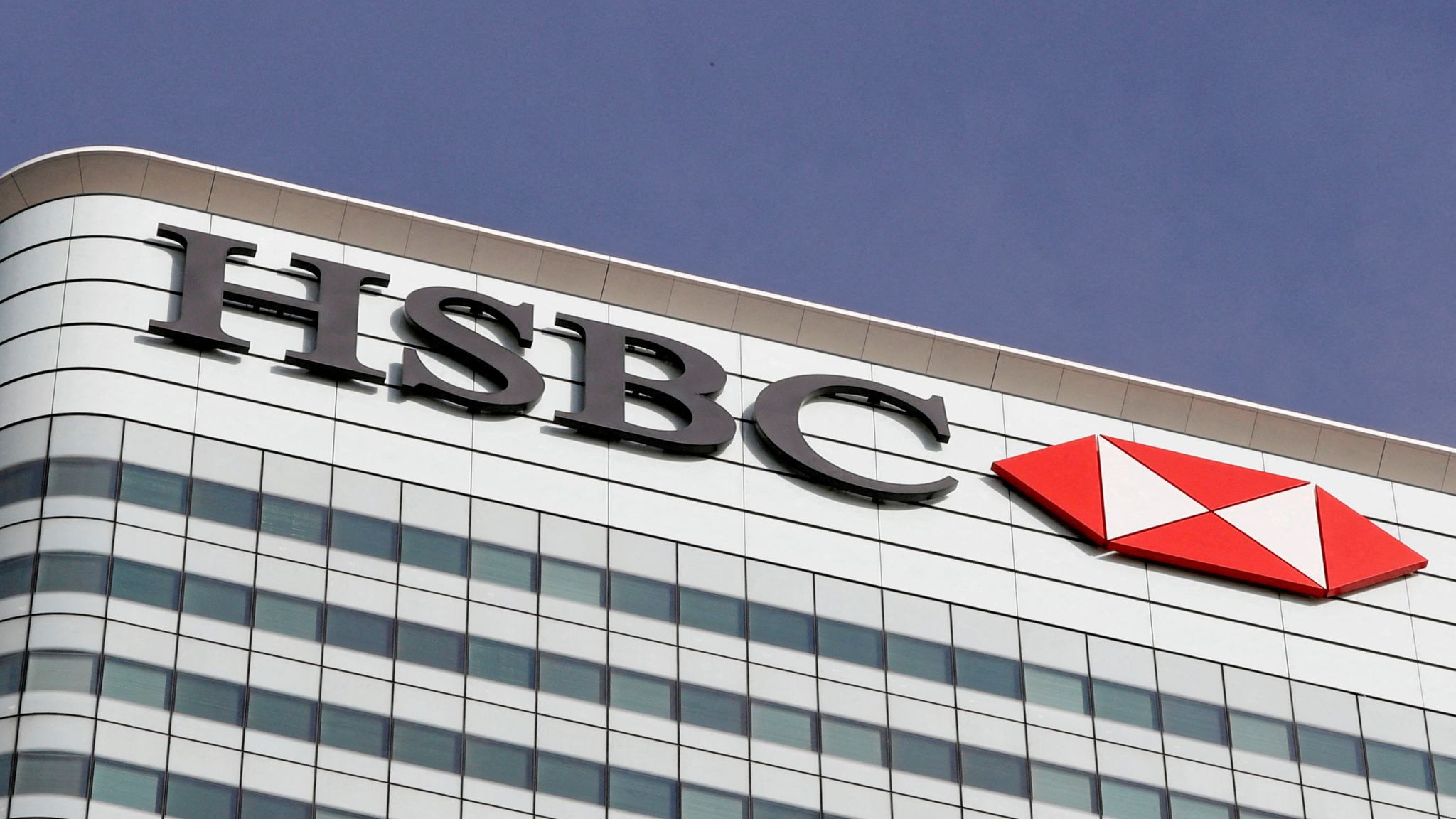 HSBC White Knight for Silicon Valley Bank
HSBC White Knight for Silicon Valley Bank

































